Stinkweed
This weed can be difficult to control in non-competitive crops like flax. It can also act as a host for tarnished plant bug which, in turn, can infest many field crops.
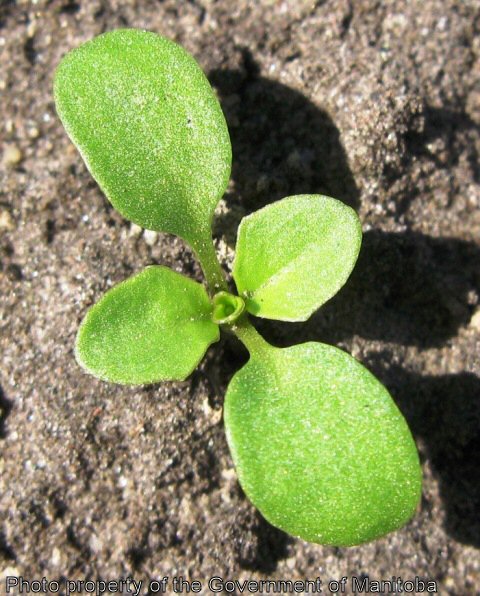 click to enlarge |
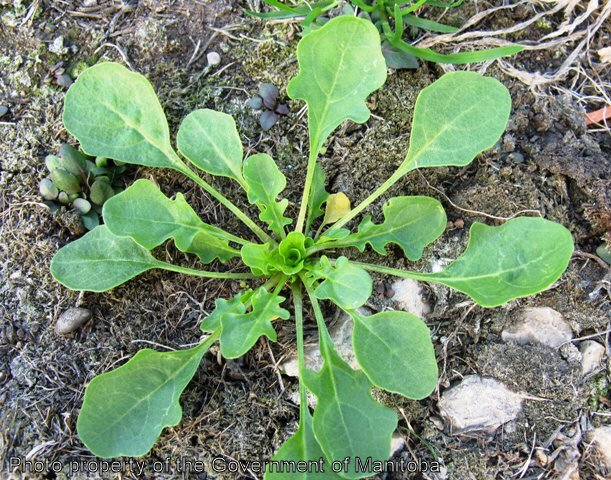 |
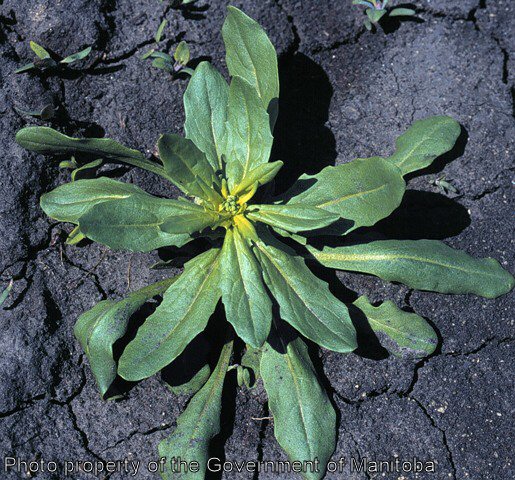 |
 |
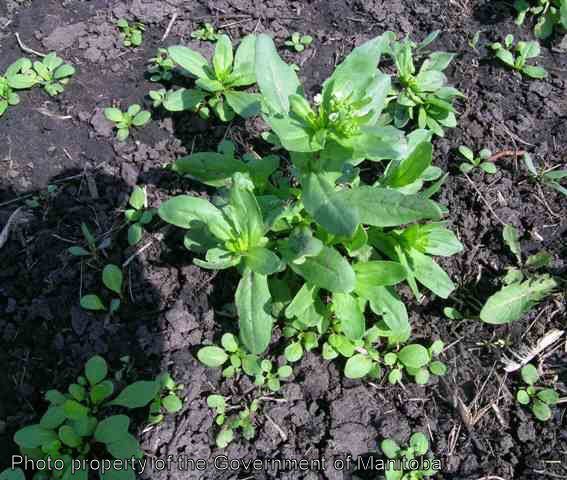 |
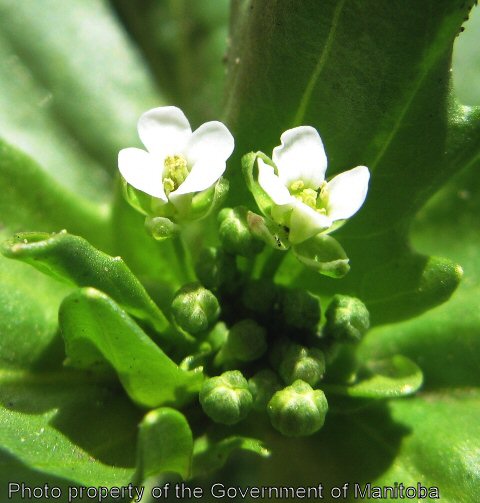 |
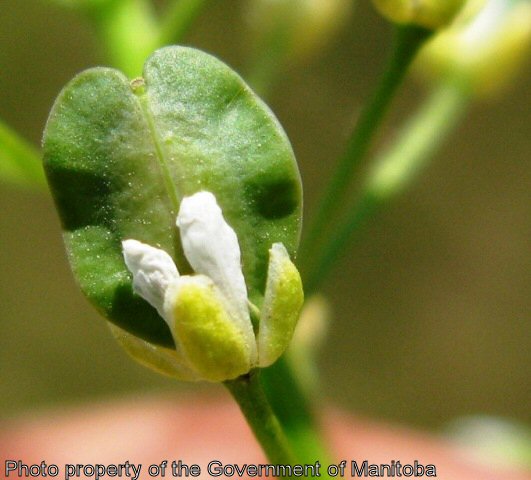 |
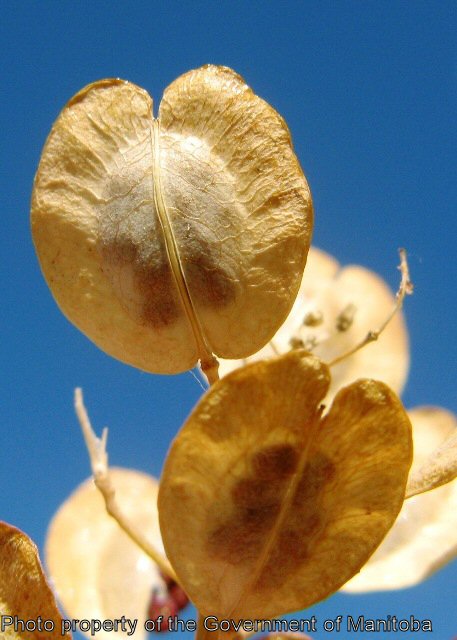 |
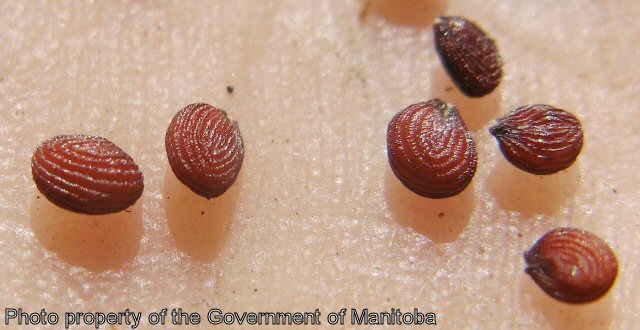 |
Biology
This weed is an annual or a winter annual. It reproduces by seed. The plant has an unpleasant odour, particularly when the leaves are crushed. The stems are smooth, erect, 5-60 cm (2-24 in.) high, and often branched. The lower leaves can be in the form of a rosette. In erect plants, the leaves are alternate and without hairs. The upper leaves clasp the stem. The flowers are small, stalked, and have white petals.
Stinkweed can produce up to 15,000 seeds per plant. The seeds can live for up to 6 years in the tillage zone. Seeds that are buried deeper than the tillage zone can live for up to 20 years and germinate when they come close to the surface. Seed dormancy is enhanced by a thick seed coat.
The emergence of summer annuals occurs mainly in the early spring.
The seeds of winter annuals germinate in late summer. The seedlings overwinter and continue to grow in the spring.
Scouting Techniques
Take a minimum of 20 weed counts across the field. This weed is usually randomly spread across a field.
Effects On Crop Quality
If eaten by livestock, it can produce an off flavour in both the meat and milk.
Threshold/Yield Loss
Overwintering stinkweed grows quickly in the spring and can deplete moisture quickly, especially in drier areas. Stinkweed densities as high as 750 plants per metre square (sq. yd.) can reduce wheat yields by 20%.
Control Tips
Winter annual stinkweed plants that germinate in the fall or late summer are hard to kill the next spring. Because winter annuals compete early in the year and set seed before in-crop herbicides are applied, stinkweed should be controlled with tillage or herbicides in the fall before freeze-up.
Herbicide options are available in most crops for control of summer annual stinkweed plants.

